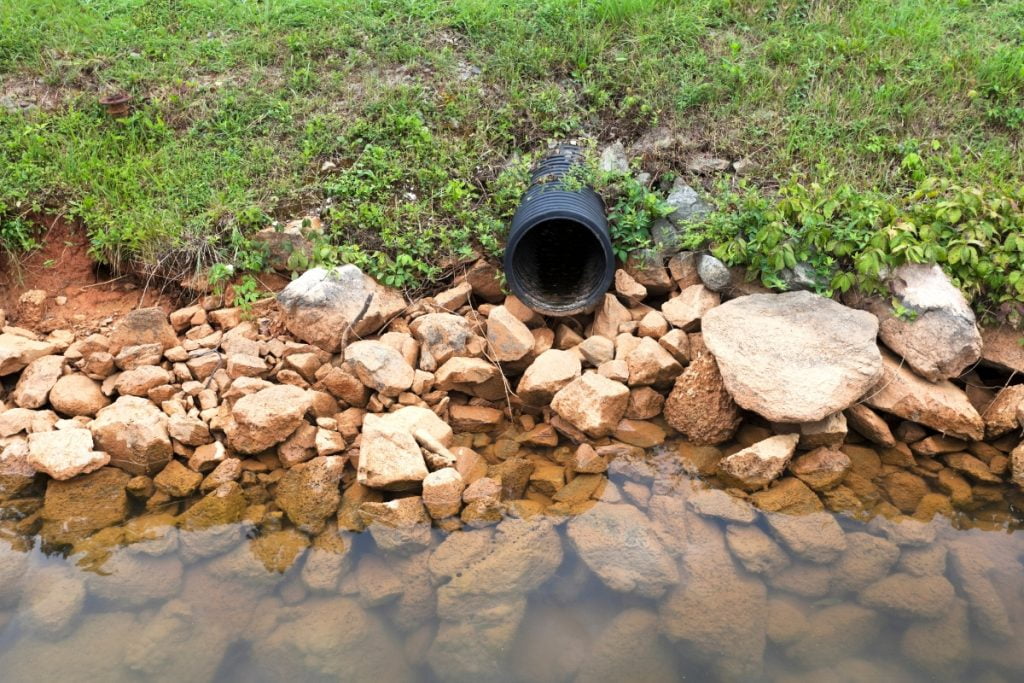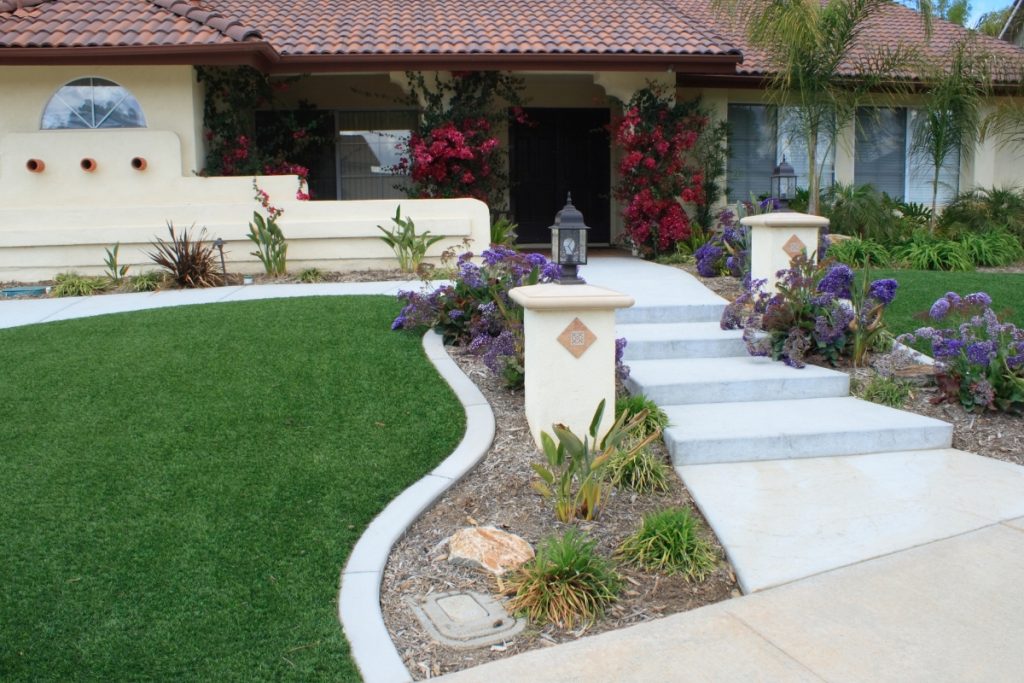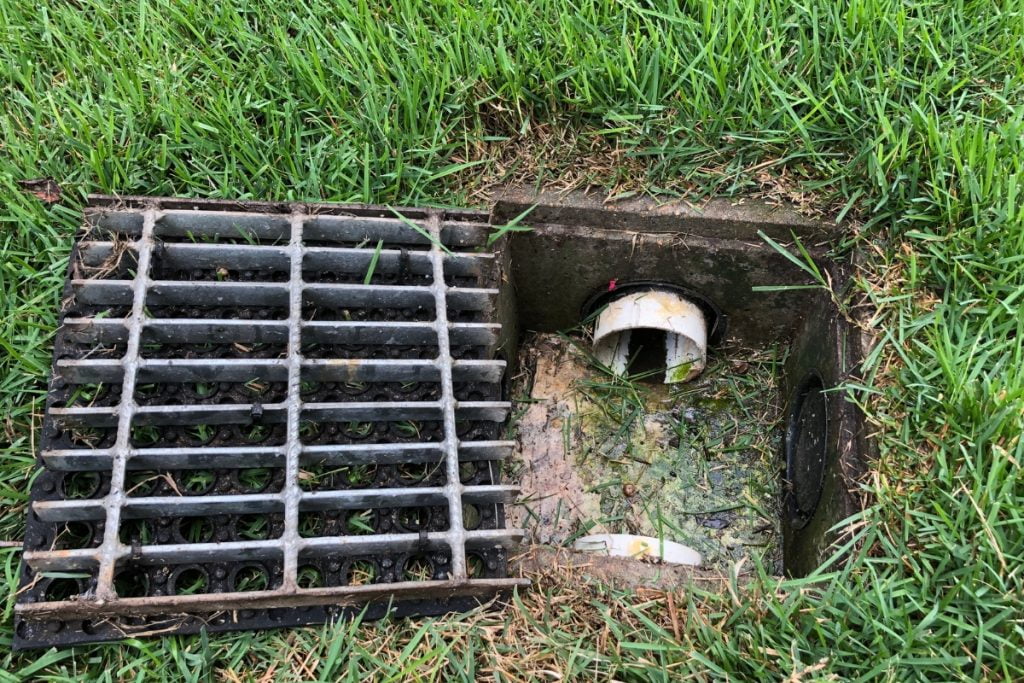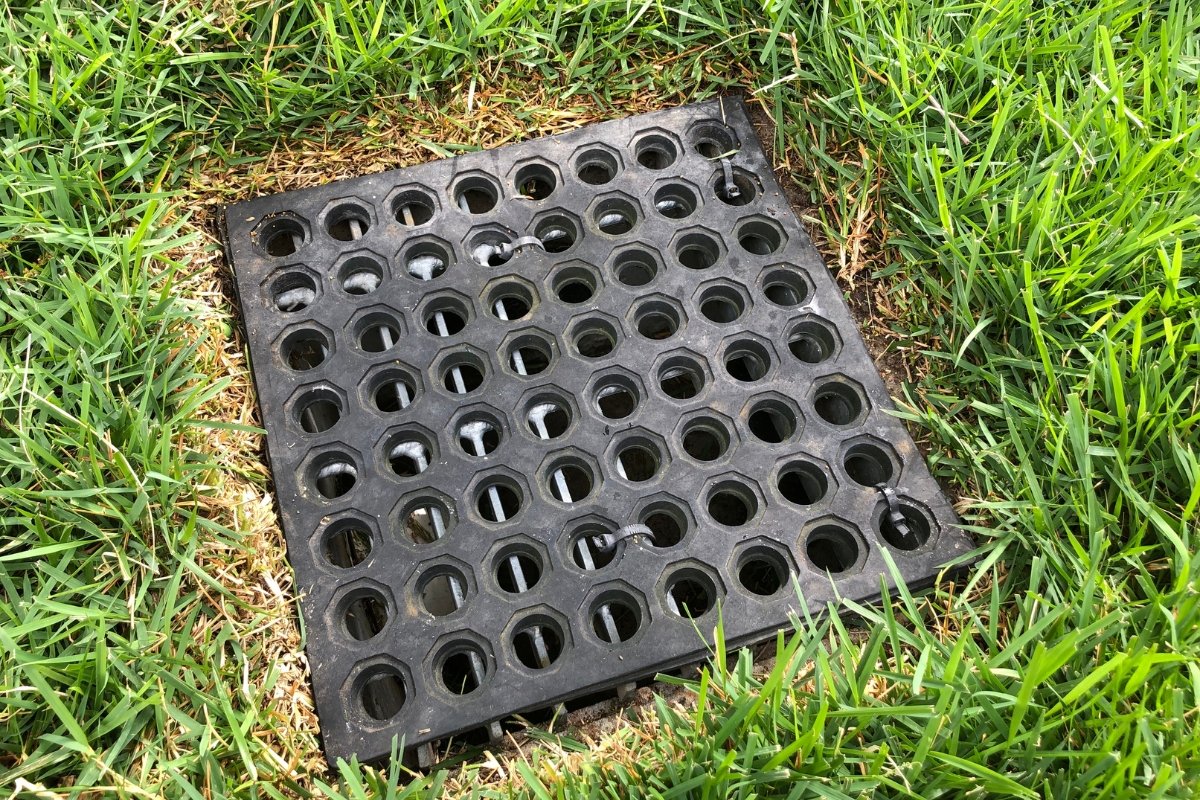When it comes to maintaining and keeping your lawn healthy and attractive, one of the most important steps is making sure the lawn’s drainage is in tip top shape. Poor drainage can lead to standing water on your lawn, pooling water, and even standing water in your home and foundation. In this blog post, we will discuss why drainage is important and how to improve drainage while keeping your lawn healthy and in great condition.
Drainage – The Key to a Healthy Lawn

Having a well-maintained lawn is an important part of being a homeowner, especially one with a large yard or garden. While there are many things you can do to keep your lawn healthy, one of the most essential steps is understanding and improving drainage.
When it comes to lawn care, drainage is the key to keeping your grass and soil healthy and free of damage caused by standing water or flooding.
So, what exactly is drainage, and why is it so important? Drainage is the flow of water away from your property and off of your lawn. It is important because it prevents water from pooling in low-lying areas and creates areas of soggy, marshy ground that can damage your soil, attract pests, and lead to poor turf health.
For example, too much water can cause root rot in the grass, killing your lawn and potentially promoting the growth of dangerous fungi like mushrooms. In addition, poor drainage can also increase the number of pests present in your lawn, leading to an unhealthy ecosystem.
By understanding how drainage works and taking the necessary steps to improve it on your property, you can maintain the health of your lawn and keep it looking great for years to come.
Whether you’re dealing with a few minor drainage issues or trying to sustain a large-scale landscape redesign, paying attention to drainage is key to keeping your grass and soil healthy.

Identifying Problem Areas: The First Step Toward a Healthier Lawn
If you’re having trouble keeping your lawn healthy, drainage issues may be the culprit. Poor drainage can cause dead patches and muddy spots, so it’s important to identify areas of your lawn where there are drainage problems. Fortunately, with a bit of knowledge about how to improve drainage in your lawn, you’ll be on your way to a healthier lawn in no time.
A great place to start is by looking for visible signs of wet soil or pooling water. These can indicate that water is draining too slowly in the area, which could lead to difficult-to-manage mud spots. It’s also important to take note of any areas that have lawn fixtures, like sprinklers or a swimming pool, as these could be having an impact on the drainage in the area.
Once you’ve pinpointed the problem areas of your lawn, you can start making changes to improve drainage. From simple at-home fixes to more complex drainage solutions, there are a variety of ways to make sure water is draining properly in your yard.
By following these steps and considering how to improve drainage in your lawn, you’ll soon have a lush and vibrant yard that you can be proud of.
Effective Drainage Solutions for a Lush, Healthy Lawn

Are you looking for ways to improve water drainage in your lawn? Poor drainage can cause major damage to your landscape and can be frustrating to deal with. Luckily, there are a variety of systems available that can help you tackle drainage problems on your property. Let’s take a look at some of the most commonly used drainage systems and how they can help keep your lawn healthy and lush.
The most common type of drainage system is the French drain. This system uses an underground gravity-driven pipe to move excess water away from the foundation and out of the property. This type of system is especially useful in areas with heavy rains as it alleviates the pooling of water. French drains are also easy to install, making them a great option for DIYers.
Catch basins are another popular solution used to address drainage problems. These are large receptacles located at the lowest point of a property. They work by collecting excess water and directing it away from the area. As a bonus, these basins also help filter out contaminants from the property’s runoff.
If you’re looking for a more permanent solution, consider installing an underground drainage system. This type of system collects water as it enters the property, filters it, and moves it away from the building and out of the property. Underground drainage systems are a great option for properties in areas prone to flooding.
An important thing to keep in mind when improving water drainage in your lawn is to make sure your soil is able to absorb the water quickly. Adding organic matter such as compost, peat moss, or mulch can help your soil become more
Keeping Your Lawn Healthy Through Better Drainage

If you’ve ever noticed poor drainage in your lawn, you know the havoc it can wreak. It can cause uneven growth, create breeding grounds for pests, and even erode the soil’s foundation. So while keeping your lawn looking its best is important, ensuring good drainage is essential to prevent these issues.
As the saying goes, prevention is key, and when it comes to lawn health, drainage is the key element to maintaining a healthy lawn. Without proper drainage, your lawn can suffer from dead patches, puddles, and even flooding if left untreated. Thankfully, there are simple solutions available to help you improve drainage in your lawn and keep your grass looking vibrant and lush all season long.
For starters, start by assessing the condition of your lawn and how well it drains. Identify areas where water pools and look for low spots in the soil. If you find any of these issues, it’s time to take action.
Here are a few tips to help you maintain proper drainage and keep your lawn healthy:
1. Test the soil – Using a soil test kit, you can determine the texture and drainage of your soil. This will give you a better understanding of how much moisture the soil can absorb, and when to expect runoff.
2. Aerate: Aerating your lawn will help to ensure healthy drainage by creating small holes in the grass that allow water to flow through rather than puddle. It also helps to remove compacted soil and allows oxygen to reach the lawn’s root system.
3. Grade and Slope: By sloping your lawn away from your home and grading away from your home’s foundation, you can provide a buffer that helps keep excess water away from your house.
4. Mulch and Compost: Mulching and composting can help to keep the soil around your lawn porous, which allows water to pass through more easily. Additionally, both mulch and compost add nutrients to the soil and can help promote healthier root growth.
5. Make underground and surface modifications – Modifying the topography of your lawn can help keep water away from areas that tend to get flooded.
6. Properly Install Sprinklers and Sprinkler Heads: Make sure that all of your sprinkler heads are properly installed and are directed away from your lawn’s existing drainage areas. This will help keep extra water off of your lawn, preventing it from becoming soggy and bogged down.
By following these tips, you can help to keep your lawn’s drainage running smoothly and maintain a healthy, vibrant look. By following these simple steps, you can ensure that your lawn has proper drainage and stays healthy and vibrant all year round. With a little bit of effort and know-how, you can keep your lawn looking great – and everyone happy!

The Final Word on Improving Drainage
Whether you’ve been dealing with soggy issues in your yard or just want to take proactive measures to maintain a lush, vibrant turf, the strategies discussed in this blog post can help.
From assessing water flow patterns and improving soil drainage, to installing drainage systems or making landscape design changes, there are plenty of ways to keep your lawn in top condition. With a little bit of effort and careful planning, you can easily protect your yard from flooding and enjoy a picture-perfect outdoor space.
If you’re looking for ways to maintain the look of your lawn, or preserve your landscaping, Glover Landscapes can help! With 25 years of landscaping services experience under our belts, we are more than qualified to help you with any landscaping needs and concerns that you may have. Give us a call at (404) 510-6437 and let’s get in touch today!


